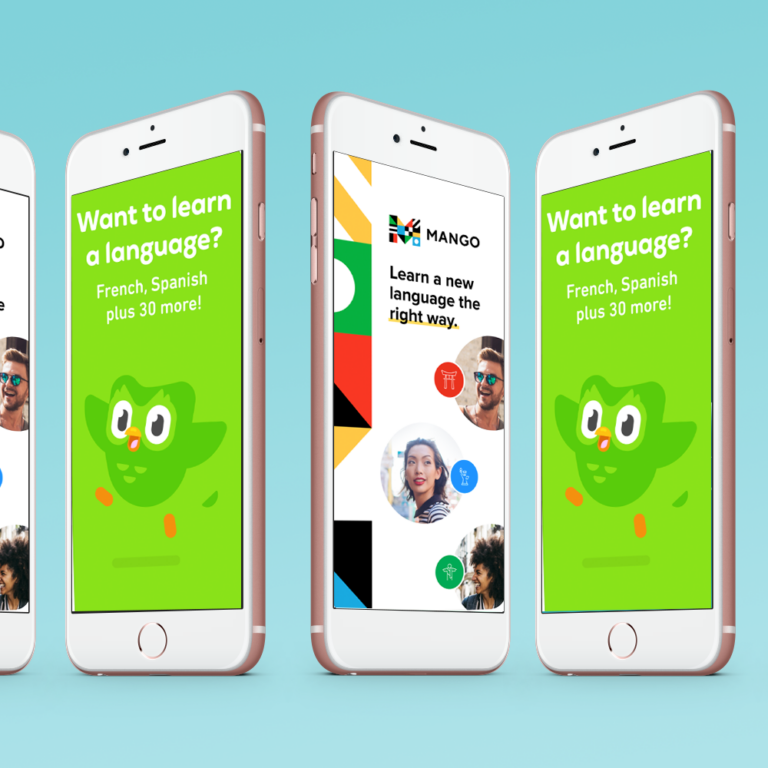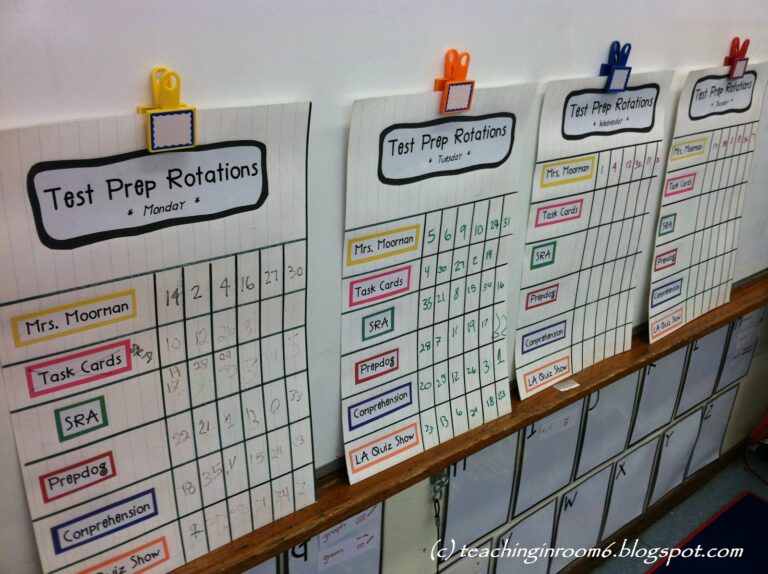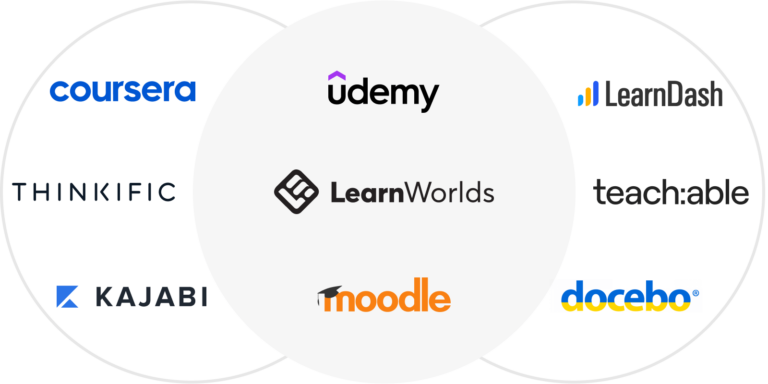How Technology Shapes Modern Education: Revolutionizing the Learning Experience
In the digital age, technology has become an integral part of education, transforming the way students learn, teachers teach, and institutions operate. From interactive classrooms and e-learning platforms to artificial intelligence (AI) and virtual reality (VR), technology is reshaping the educational landscape in profound ways. These advancements are not just enhancing traditional educational models but also creating new opportunities for personalized learning, global connectivity, and student engagement. Whether you’re a teacher, student, or education professional, understanding how technology is influencing modern education is key to staying ahead in the evolving world of learning. This article explores how technology shapes modern education and the incredible benefits it brings to both educators and learners.
The Rise of Digital Learning Tools and E-Learning Platforms
One of the most significant ways technology is shaping modern education is through digital learning tools and e-learning platforms. Traditional classrooms are no longer limited to textbooks and chalkboards. With the rise of learning management systems (LMS) like Moodle, Blackboard, and Canvas, students and teachers can access educational materials, assignments, and grades anytime, anywhere. These platforms also foster greater student engagement by providing interactive resources such as videos, quizzes, and discussion forums. E-learning offers the flexibility to learn at one’s own pace, making education more accessible for students with varying needs and schedules. This shift towards digital learning has democratized education, allowing learners from diverse backgrounds to access high-quality resources and connect with experts around the world.
How Artificial Intelligence is Personalizing Learning Experiences
Artificial intelligence (AI) is playing an increasingly important role in personalizing education by adapting learning experiences to the unique needs of each student. AI-driven tools can analyze students’ learning patterns, identify areas where they struggle, and provide tailored resources to help them improve. For example, AI-powered tutors or chatbots can offer immediate assistance to students, answering questions and providing explanations based on individual progress. This technology helps educators by automating administrative tasks, allowing them to focus more on teaching. Moreover, AI algorithms can recommend specific learning materials or adjust the difficulty level of assignments based on real-time student performance, creating a more individualized and efficient learning process.
Virtual Reality and Augmented Reality: Transforming the Classroom Experience
Virtual Reality (VR) and Augmented Reality (AR) are taking classroom learning to new heights by providing immersive experiences that bring subjects to life. Through VR, students can explore historical events, conduct virtual science experiments, or even take a tour of the human body all from the safety and convenience of the classroom. AR, on the other hand, overlays digital information onto the real world, enhancing learning by providing interactive visualizations. For example, in a biology class, students can use AR to visualize 3D models of cells or anatomical structures. These technologies are particularly effective in subjects that benefit from hands-on learning, such as science, history, and art. VR and AR foster creativity, engagement, and collaboration, making learning both fun and memorable.
How Technology is Enhancing Collaboration and Communication in Education
Technology is also revolutionizing how students and educators collaborate and communicate. Online communication tools such as Zoom, Google Meet, and Microsoft Teams have made it easier for students and teachers to stay connected, regardless of their physical location. These tools have become essential for remote learning, enabling virtual classrooms where students can participate in live discussions, group work, and presentations. Additionally, platforms like Google Docs and Trello allow students to collaborate on projects in real time, providing a seamless experience for group work. These digital tools not only enhance communication but also promote collaboration, critical thinking, and problem-solving skills, which are essential in the modern workplace.
The Future of Education: What’s Next for Technology in Learning?
As technology continues to evolve, the future of education looks increasingly dynamic and tech-driven. Innovations like AI-powered learning assistants, gamification, blockchain credentials, and adaptive learning platforms will continue to enhance the learning experience. For example, blockchain technology could be used to create secure, verifiable digital credentials, making it easier for employers to assess qualifications. Additionally, advancements in 5G technology will provide faster internet speeds, making it easier to access cloud-based resources and participate in high-quality video conferencing. The future of education will likely be even more personalized, immersive, and globally connected, opening up new possibilities for both teachers and students. Keeping up with these trends will be crucial for educators, students, and institutions that want to stay at the forefront of education technology.
Frequently Asked Questions (FAQs)
1. How has technology improved access to education?
Technology has made education more accessible by offering online learning platforms, digital resources, and virtual classrooms that can be accessed anytime, anywhere, providing opportunities for learners from diverse backgrounds.
2. What is the role of AI in education?
AI personalizes learning by analyzing students’ progress, offering tailored content, and automating administrative tasks, helping both educators and students optimize their learning experience.
3. How does virtual reality enhance learning?
Virtual reality immerses students in interactive, hands-on experiences, allowing them to explore subjects like history, science, and geography in a way that traditional methods cannot replicate.
4. Can technology help improve student collaboration?
Yes, tools like Google Docs, Zoom, and Microsoft Teams facilitate real-time collaboration, allowing students to work together on projects, communicate, and share resources easily, regardless of their location.
5. What does the future hold for technology in education?
The future of education will likely see more AI-driven personalized learning, immersive VR and AR experiences, adaptive learning platforms, and secure digital credentials, all making education more efficient and accessible.



